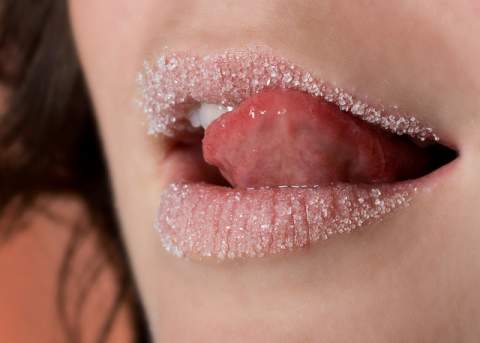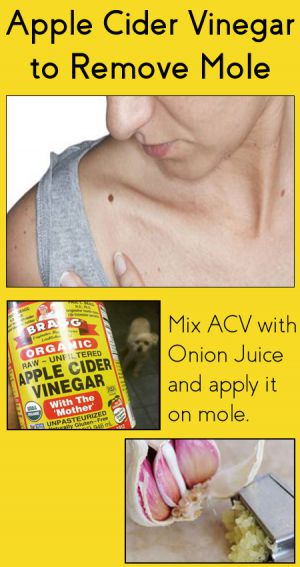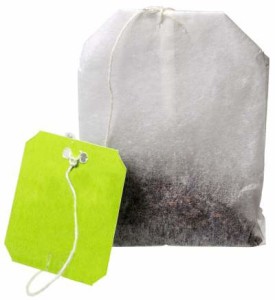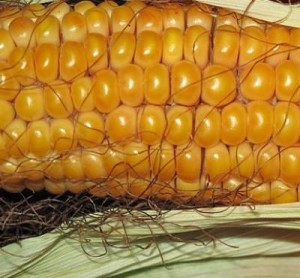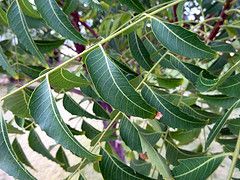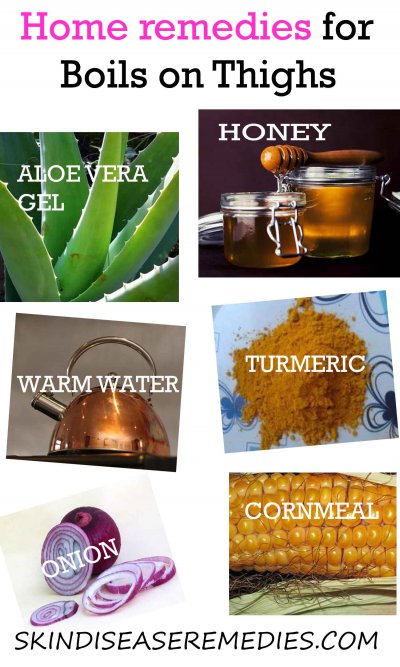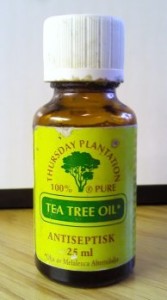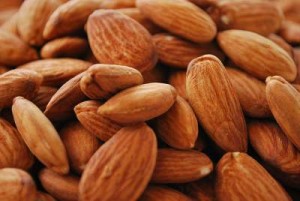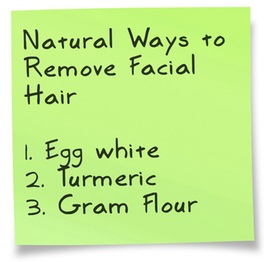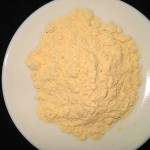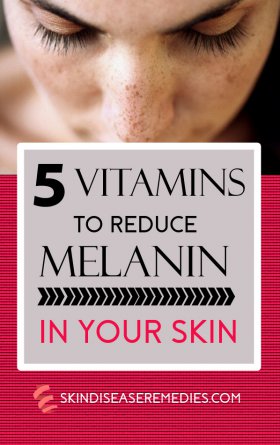
It’s everyone’s desire to have radiant skin. Apart from topical application, internal consumption can also help to get rid of discoloration. In this article, you’ll learn how to reduce melanin in skin by eating?
Melanin is a pigment which is responsible for your skin’s color. People with dark skin have more melanin than light-skinned people. Various factors influence its production.
What Stimulates Melanin Production?
Melanocytes are specialized cells that are responsible for melanin production. This pigment actually protects your skin from harmful UV rays.
- Excess exposure to sunlight increases production of melanin, turning your skin dark.
- According to experts, sun rays trigger inflammatory mediators in your skin. These inflammatory substances activate various hormones including melanocytes. As a result melanin production increases.
- Apart from UV rays vitamin deficiency, malnutrition, skin disorders, hormonal changes, adrenal and liver disorders also impact melanin production.
- Both topical and oral steroids can result in hyperpigmentation. Irritants like fabric dyes and drugs can trigger inflammation.
Your skin needs an adequate amount of melanin to protect itself from harmful UV rays. Anyway, over production can turn complexion dark.
Also read: Best Foods that Lighten Skin Quickly
How to Reduce Melanin in Skin by Eating?
There are several home available ingredients to reduce melanin internally. Instead of listing foods, I think it’s good to list vitamins that can reduce melanin production.
You can either topically apply them over the skin or ingest regularly to inhibit dark complexion.
#1 Vitamin A
- Prominently known as retinol, cosmetic creams include Retin-A as a vital
- Though it doesn’t effectively reduce melanin production, it stimulates the growth of epidermal cells to replace dark cells with new skin cells.
- Antioxidant activity residing in vitamin A help to reduce skin discoloration and protect your skin from sun damage.
Vitamin A rich foods are sweet potatoes, liver, carrots, spinach, eggs, broccoli, apricots, butter, and kale. (1)
Apart from ingesting, beauty experts recommend topical application of vitamin A incorporated creams.
#2 Vitamin C
- Tyrosinase is an enzyme present in your body which is responsible for controlling melanin production. Foods with vitamin C are known to inhibit this rate-limiting enzyme.
- Vitamin C exhibits antioxidant property that helps to neutralize free radicals that influence melanin production.
- Studies state that topical application of vitamin C repairs skin that damaged due to sun burn.
- Exfoliating ability housed in vitamin C helps to get rid of dead skin cells and makes your skin supple. (2)
Foods that are rich in vitamin C are oranges, red peppers, kale, brussels sprouts, broccoli, strawberries, guava, grape fruit, kiwi and green peppers.
#3 Vitamin E
- Antioxidant property housed in vitamin E help to protect your skin from sun damage and aging signs.
- Experts state that vitamin E is essential for processing vitamin A, which can effectively lighten the appearance of dark spots. (3)
- Topical application of creams that include vitamin E can exfoliate your skin and lock moisture over it.
Foods with vitamin E are almonds, spinach, avocado, wheat germ, palm oil, sunflower seeds, sweet potato, butternut squash, olive oil and trout.
#4 Vitamin K
- In some people excess leakage of blood capillaries result in skin discoloration. Vitamin K intake helps to normalize your skin tone and repair broken capillaries.
- Vitamin K is the only vitamin that your body produces when it is exposed to sunlight. Apart from reducing melanin production, vitamin K can strengthen your bones.
- Excess exposure to sunlight stimulates melanin production and then dark circles. Study show that topical use of vitamin K with retinol cream can reduce these dark circles under eyes. (4)
Vitamin K rich foods are kale, cabbage, dairy products, cucumbers, dried basil, broccoli, brussels sprouts, spring onions and prunes.
#5 Vitamin B12
- Deficiency of vitamin B12 also causes pigmentation over the skin.
- Vitamin B12 interacts with other B vitamins in your body to regulate production of melanin.
- Cobalt is an element in B12, which helps your body to produce healthy red blood cells. RBC is responsible to supply oxygen-rich blood throughout the body.
Foods with vitamin B12 are shellfish, liver (beef), fish, crab, cereals, soy products, red meat, cheese, eggs and low fat dairy.
How to Reduce Melanin Internally?
Along with these vitamin rich foods, you must change your lifestyle and stay away from irritants.
- Drink enough water to hydrate your skin internally.
- Avoid harmful UV rays by applying sunscreen cream on face, neck and arms.
- Also wear sunglasses and cover your face, neck and arms to avoid direct exposure to sunlight.
- Avoid spending excess time before TV screens.
- Stay away from irritants that trigger allergic reaction.
Along with internal care, you must try home remedies for radiant skin. There are several home available ingredients that can help to lighten dark complexion.
How to Reduce Melanin in Skin (Home Remedies)
- Mix sandalwood powder with rosewater and apply it over prewashed face. Regular application of this mask will reduce complexion, dark circles and other skin disorders.
- Take oatmeal and mix it with curd and tomato juice. Wash your face and apply this mask. Leave it for 15-20 minutes and then rinse it off with water.
- Add 1 tablespoon of raw honey to 2 tablespoons of sour cream and mix thoroughly. Apply it over the face and let it dry for 15 minutes.
- Grind almonds after soaking it overnight. Add 1 teaspoon of milk to the paste and apply it over the face.
- Take fresh mint leaves and grind them by mixing with water. Apply it over prewashed face and rinse it off with water after 20 minutes.

